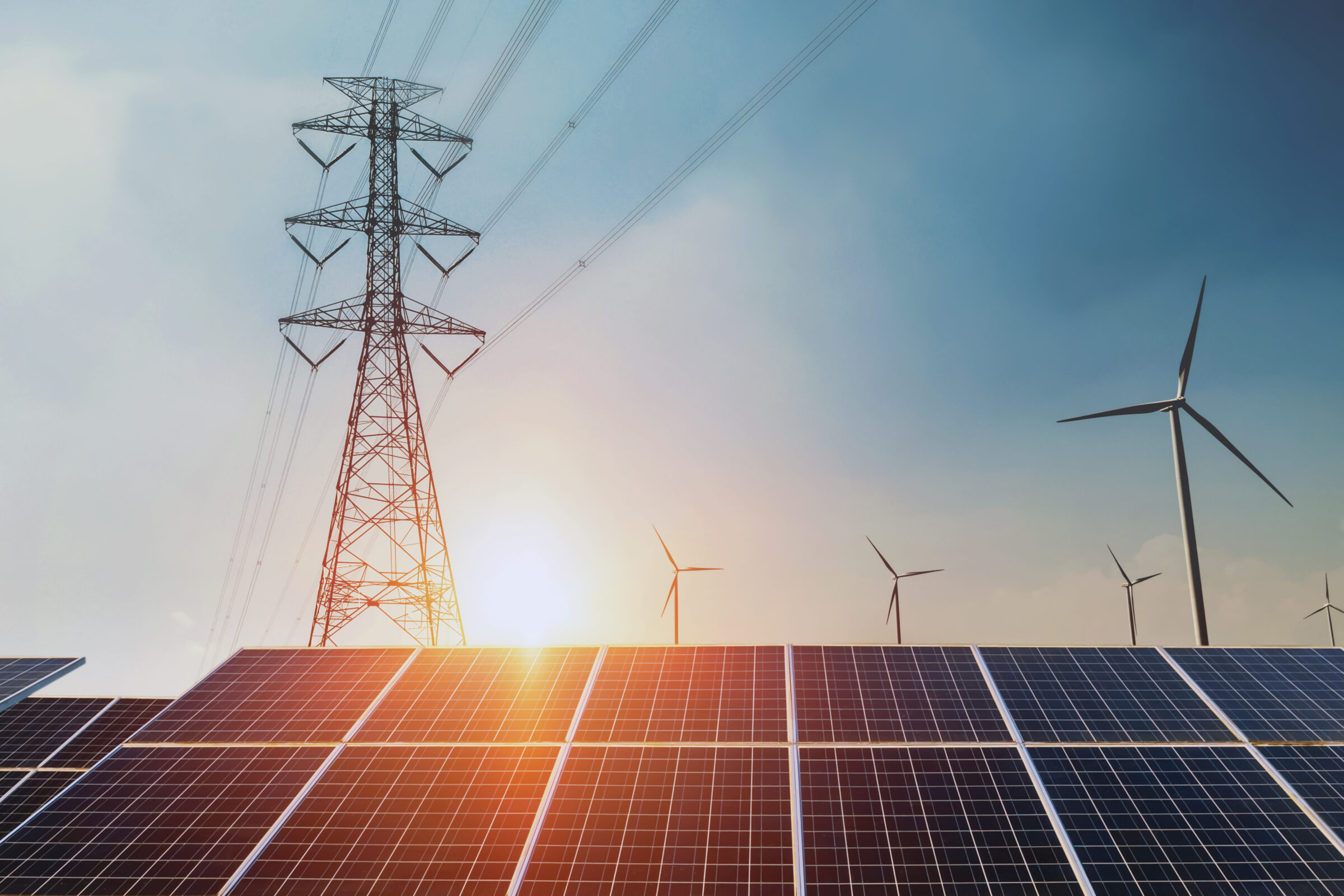- Grid Infrastructure
- Transmission & Power Markets
- Press Releases
New Report: Optimizing Connections Between U.S. Grid Operators Will Reduce Customer Costs, Improve Resilience
WASHINGTON, D.C. – U.S. power market monitors in the Eastern Interconnection have recommended that grid operators optimize existing interregional transmission for more than a decade, yet inefficient usage of interties continues to raise system costs and reduce reliability, according to a new report from The Brattle Group and Willkie Farr & Gallagher LLP.
Optimizing the use of existing or new interregional transmission capability between the Southwest Power Pool (SPP), Midcontinent ISO (MISO), or PJM Interconnection (PJM) would provide approximately $50-60 million annually in additional value for every gigawatt of intertie capacity beyond what bilateral trades are currently able to capture. The report, “The Need for Intertie Optimization: Reducing Customer Costs, Improving Grid Resilience, and Encouraging Interregional Transmission,” is sponsored by the American Council on Renewable Energy (ACORE), the Advanced Power Alliance (APA), Grid United, Invenergy, MAREC Action, and the Natural Resources Defense Council (NRDC).
“Inefficient use of interregional transmission between grid operators will increasingly cost ratepayers,” said Johannes Pfeifenberger, Principal with The Brattle Group and report co-author. “Meanwhile, Western energy imbalance markets have optimized available transmission and interties among system operators and their balancing authority areas, saving more than $4 billion since their inception.”
Rather than optimizing the interties between them, the grid operators in the Eastern U.S. have instead elected to pursue Coordinated Transaction Scheduling (CTS), which has not significantly improved the efficiency of interregional transmission utilization. In fact, market monitors have continued to document large inefficiencies, pointing out that electricity even flows the wrong direction between some regions — from higher-priced to lower-priced areas — displacing more-efficient region-internal generation with less-efficient external generation.
The report concludes that the Federal Energy Regulatory Commission (FERC) is authorized to implement intertie optimization options and, in fact, has already used such authority by approving CTS and the Western energy imbalance markets.
“FERC has long been concerned with market seams, which impair market efficiency, competition, and reliability, and has previously recognized the value of optimizing interties to more efficiently utilize interregional transmission ties,” said report co-author Norman C. Bay, Chair of the Energy Regulatory & Enforcement Practice Group at Willkie Farr & Gallagher LLP and former FERC chairman. “If grid operators fail to act, FERC can, and should, step in to remedy inefficiencies on the interregional transmission facilities connecting energy markets. This is one way to improve the nation’s interregional transmission capabilities as we await FERC’s next steps on transmission planning.”
In addition to urging grid operators to optimize available interregional interties in both real-time and day-ahead markets, the report also recommends that regions allow for the integration of merchant transmission lines, which represent the large majority of proposed new interregional links, into any intertie optimization efforts.
“Merchant interregional transmission projects connect grid regions, ensuring reliable, affordable power for millions of Americans, and they are increasingly likely to be the only interregional transmission that comes online in the U.S. this decade,” said Invenergy Executive Vice President for Transmission Shashank Sane. “This report highlights the critical need to better utilize existing interregional interties but also the importance of frameworks that allow for the integration of merchant lines.”
Additional comments from report sponsors:
“Recent extreme weather events have caused widespread power outages, the duration and extent of which could have been significantly reduced with additional interregional transmission capacity,” said ACORE President and CEO Gregory Wetstone. “Building a transmission system that’s bigger than the weather will require the U.S. to more efficiently use existing interregional ties while also investing in the big projects needed to bring the grid into the 21st century.”
“This analysis estimates that implementing intertie optimization for one gigawatt of transfer capability between SPP and MISO would result in upwards of $60 million per year in additional energy market value,” said Steve Gaw, APA Senior Vice President, Infrastructure + Markets. “These cost savings coupled with improved system reliability just makes sense.”
“Massive electricity demand growth means we need higher voltage transmission lines and more HVDC,” said Grid United Chief Commercial and Technology Officer Kris Zadlo. “This report further emphasizes the importance of interregional transmission projects to reducing power costs while keeping the lights on across the nation.”
“PJM’s market monitor has highlighted the prevalence of inefficient trading behavior between regions, leading to higher electricity costs,” said Evan Vaughan, Executive Director of MAREC Action. “The current approach of coordinated transaction scheduling is simply inadequate. We urge PJM to better optimize its interties with neighboring grid operators, allowing consumers to reap cost savings and to help address future resource adequacy challenges.”
“The value of interregional interties is projected to increase as more renewable energy resources come online and severe weather events occur more frequently,” said NRDC Senior Advocate Cullen Howe. “Growth in renewable generation will lead to more low-cost, clean energy sources in many parts of the country, and with a more efficient interregional transmission system, U.S. consumers will be able to access these low-cost sources and gain the benefits of expanded clean energy.”
###
Media Contact:
Ellie Potter
Sr. Public Affairs Manager, Macro Grid Initiative
American Council on Renewable Energy
potter@acore.org
Join leaders from across the clean energy sector.

What will our next 20 years look like? Here’s the truth: they’ll be better with ACORE at the forefront of energy policy.
Shannon Kellogg
Amazon Web Services (AWS)
